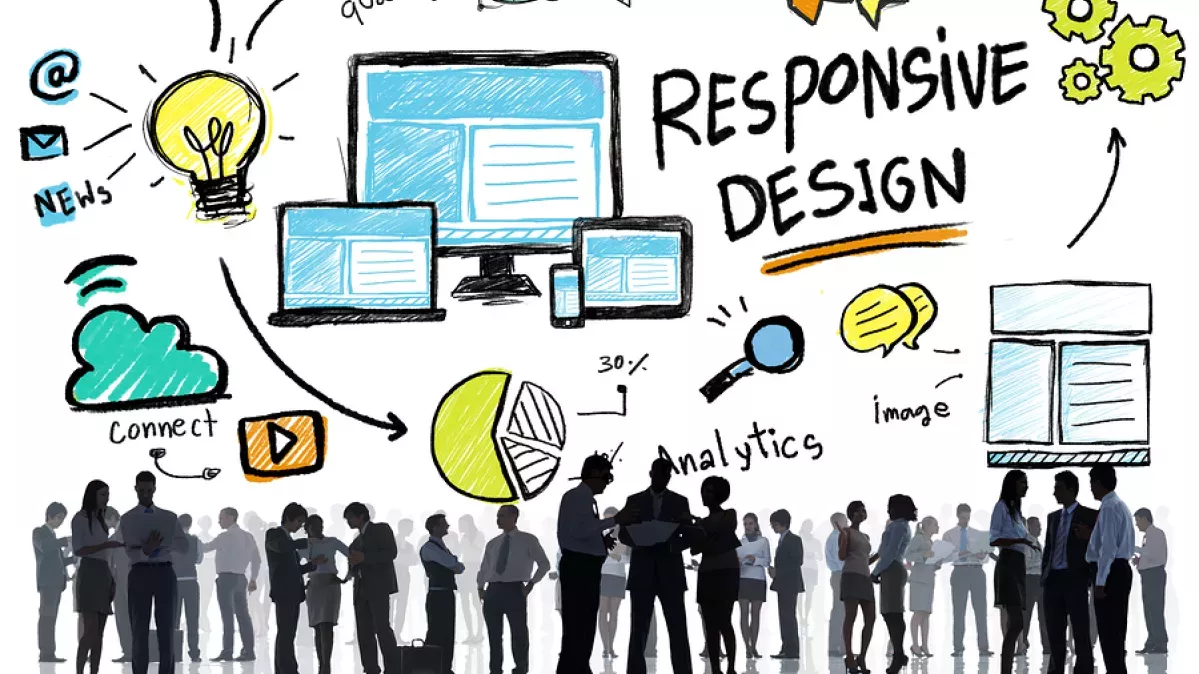
Embarking on a new website design project for your business? Don't know the pitfuls of designing, developing and launching a website or web application? This article explores the basics of successfully commissioning a website design and development project to ensure that things run smoothly and within your expectactions.
Get at least 3 quotes
The variety of ideas, opinions and costs flagged up during initial meetings with designers and developers will allow you to make informed decisions that will benefit your business in the long run. Use meetings as brain storming sessions for your business ideas and concentrate not only on your current business plans but future plans and possible markets and opportunities your business could exploit in the future.
Make sure you have a rock-solid brief
The devil is in the detail, so make sure you have a rock-solid web design brief that takes into account all of the things you have discussed with your chosen website designer / developer. Things to include in a web design brief are:
Project definition statement
This is a simple paragraph that outlines the intention of the project and really helps in creating a mission statement that unites all stakeholders under the same banner. Here is an example of a project definition statement for a photo sharing website:
'Example.com will allow users to effortlessly upload and categorise photos from their smartphones and publish them on the site. Users will be able to share their photos privately with their connections and publicly with other users of the site.'
Technical specification
The website design brief should also feature some technical information about the project deliverables. This is critically important as I have picked up projects that, for one reason or another, have failed because the technical specification was never defined. Think of it this way, if you want a website to work on a smartphone, tablet and desktop then it should be made clear in the technical specification that this is a requirement. If for any reason the final product doesn't work on smartphones then you have a clear audit trail to seek redress with the designer / developer.
Create a project plan
A project plan will help to understand where you are within the project. This will also allow you to monitor spend and deal with any changes in full knowledge of the impact on the final project deadline. The project plan needn't detail each hour of activity but should at least detail what can be expected on a day-to-day basis. I have created many project plans for my clients and using one is very useful when it comes to managing the deliverables of various suppliers.
Don't be tempted to change your mind half-way through the project
I have been employed on a few projects where 'feature creep' bloats budgets and extends the time required to launch a project. This is entirely avoidable by creating a rock-solid brief, technical specification and project plan. In certain circumstances, features need to be changed during a project but consider in detail if this is something that could happen at a later date - phase 2, phase 3, etc.
Make sure you can extend the site in future
By creating an extensible platform for your website or web app you will avoid the need to reinvent the wheel if your business suddenly requires re-tooling to penetrate a certain market. There are lots of easily customisable content management systems (CMS) available that make light work of content creation whilst also providing a sound base to build an extensible web presence.
Here are some of my favourite content management systems - I have tried many solutions over the past 10 years and here are the best:
WordPress – Wordpress is a versatile CMS that has grown from a simple blogging application to feature rich content management software that powers nearly 20% - http://trends.builtwith.com/cms/WordPress - of the worlds most popular websites.
Drupal – Drupal shares many features with WordPress but is much more flexible and can be tailored to do just about anything. Whilst providing a huge amount of flexibility, Drupal is more complicated for the designer / developer so please bear in mind that it may cost more to develop a website with Drupal versus WordPress.
Magento Commerce – without doubt Magento Commerce is one of the most powerful e-commerce platforms on the planet, it is also one of the most complicated. I have created e-commerce solutions for many clients from custom solutions to off-the-shelf implementations and Magento beats them all hands-down. That being said, if you want a simple solution to sell a limited range of products then you are probably better off using either WordPress or Drupal.
Summary
I hope these tips help your next online project proceed a little bit easier and remember to contact me if you require help or advice.